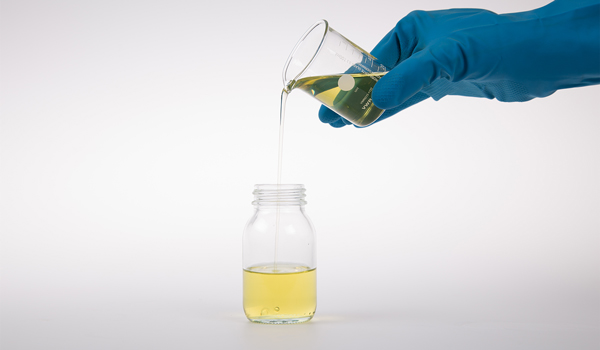
Liquids
ExpiredLiquids in livestock
Why liquids in livestock?
Liquids are a fast and effective way to respond to problems in livestock compared to compound feed:
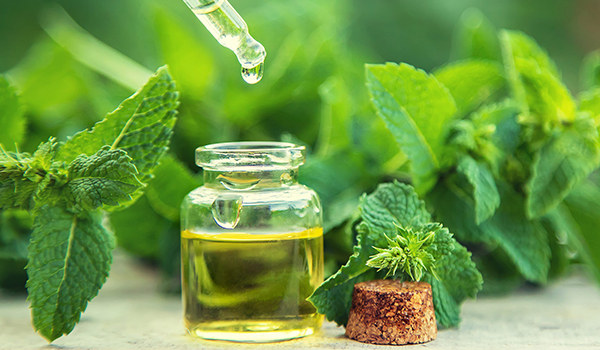
Miarom Classic
ExpiredBotanicals, same same but different
Part 2
Natural is always better! This is the common opinion of many consumers when it comes to the use of additives such as essential oils, flavours and extracts. But what do these three terms actually mean and is it really true that “chemical” is bad? To answer this question, let’s consider the example of the increasingly popular essential oils and aromas.

MiaHeatProtection
ExpiredAlways stay cool
MiaHeatProtection a nutritional solution
Did you know that poultry and pigs can not sweat? For heat dissipation they rely on panting and pigs also over the snout for thermal regulation.

MiaTrace Se
ExpiredMIAVIT innovation
MiaTrace Se for ruminants
Did you know, that …. a high percentage of inorganic sodium selenite is reduced to non-absorbable elementary selenium by the rumen microbiota? This can easily cause a selenium deficiency and lead to a higher incidence of infectious diseases, reduced fertility and performance as selenium is critical for immunity and nutrient metabolism.
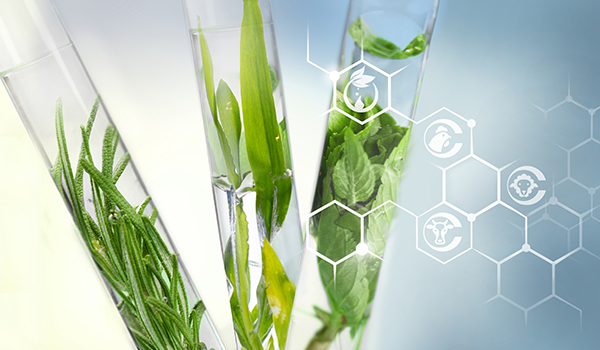
Miarom Classic
ExpiredBotanicals, same same but different
Part 1
It is widely known that certain plants or parts of plants can have an effect on the well-being and performance of animals. This can be purely aromatic (vanilla) to make the taste of feed and water more attractive to the animals, but there are also direct effects on intestinal health (oregano) or the respiratory tract (thyme, mint).
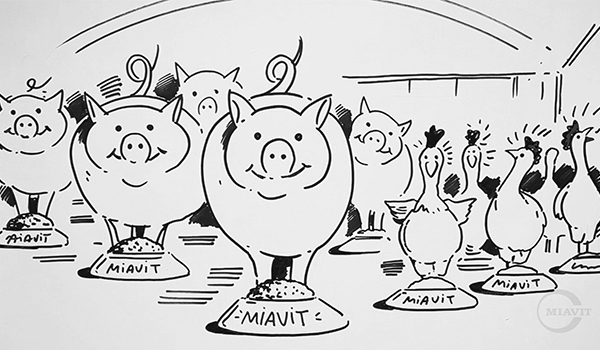
MiaPhenol
ExpiredNatural Polyphenols for cost effective feed production
One product two applications
A tense market situation for Vitamin E leads to increasing prices worldwide. Due to the high antioxidative potential of MiaPhenol feed cost savings are realizable.
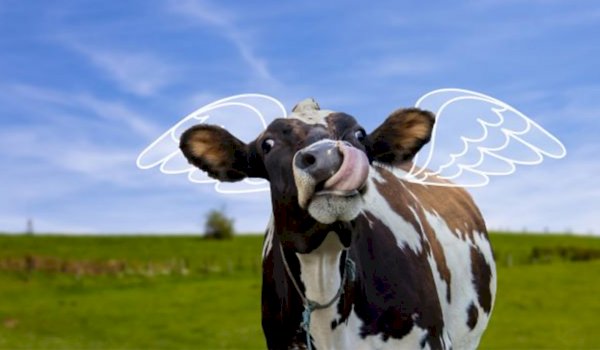
MiaPower 100
ExpiredMIAVIT launches new liquid product for ruminants
Tasty energy to manage negative energy balance
Negative energy balance frequently occurs in freshly calved and high yielding cows. As a consequence, the animals need to mobilise body fat, which leads to reduced milk production, a higher risk of liver damage and low fertility rates.
Page 6 of 6